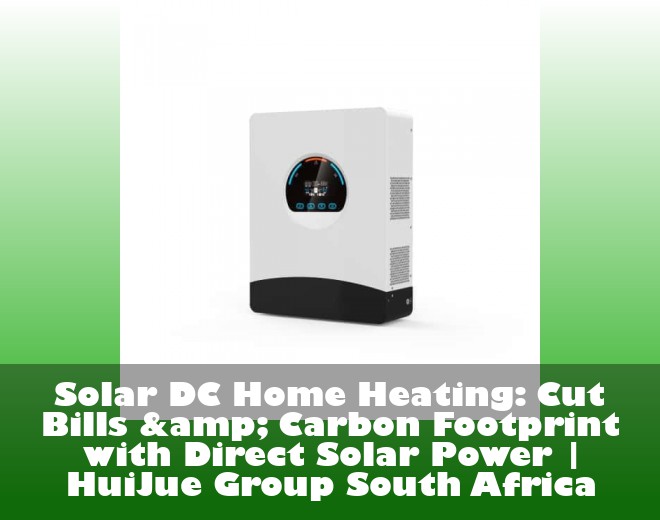
Did you know Cape Town’s electricity prices have jumped 18% since January 2024? With rolling blackouts becoming sort of the new normal, starter solar systems aren’t just eco-friendly—they’re survival kits. Let’s unpack what makes these systems Cape homes’ first line of defense against energy uncertainty.

Power outages cost U.S. households over $150 billion annually in spoiled food, damaged electronics, and lost productivity. With climate change intensifying storms and aging grids failing nationwide, 72% of homeowners now consider backup power solutions essential – a 300% increase since 2020.

Did you know South African electricity prices have surged 127% since 2018? With Eskom implementing Stage 4 load-shedding just last week, homeowners are racing to find reliable alternatives. Solar systems for homes aren't just eco-friendly—they've become financial survival tools.

Did you know South Africa experienced over 280 days of load shedding in 2024 alone? With aging power infrastructure and rising electricity costs, more households are turning to solar lighting systems as a reliable alternative. Let's explore how these systems work and why they're becoming essential across Gauteng and Western Cape provinces.

Ever noticed how your energy meter spins faster during winter mornings? Traditional AC heating systems drain power precisely when solar panels generate peak output. This mismatch forces 68% of homeowners to export surplus solar energy back to the grid at low rates, only to buy expensive electricity after sunset. Solar DC home heaters solve this paradox by aligning consumption with production.

You've probably heard solar energy could slash your electricity bills. But let's face it - the $10,000+ upfront cost for a standard home system makes most families hesitate. In developing regions, this financial barrier keeps 760 million people without reliable electricity according to the 2024 World Energy Outlook.

You know, the average American household spends $1,500 annually on electricity bills. But what if you could slash that number while keeping the lights on during outages? Grid-tied solar power kits for home use have surged 24% in installations since 2023 according to the Renewable Energy Market Digest, and here's why they're not just another green fad.

Ever wondered why your solar panels aren't giving you the energy freedom they promised? You're not alone. The U.S. Energy Information Administration reports that 68% of solar-equipped homes still rely on grid power after sunset. That's like buying a Ferrari but only using it as a coffee table.

With 68% of U.S. homeowners considering solar installations in 2025 according to the Renewable Energy Consumer Report, choosing the right photovoltaic system has become a critical financial decision. But how do you separate marketing hype from genuine technical superiority?

You’ve probably noticed more rooftop solar panels in Johannesburg suburbs or Cape Town coastal homes. Well, South Africa’s experiencing a solar revolution, with home installations increasing by 82% since 2020. But what’s driving this surge?
Enter your inquiry details, We will reply you in 24 hours.
Brand promise worry-free after-sales service